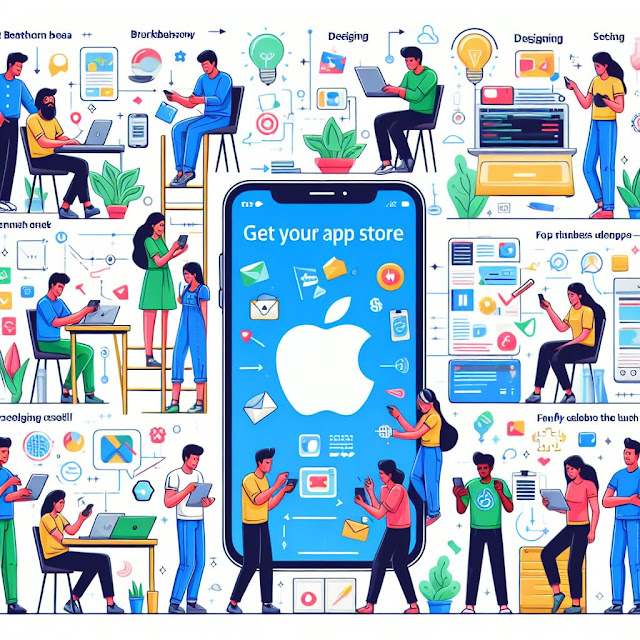Supercharging Your Android App with Image Loading Magic
In the world of Android development, speeding up image loading can make your app shine. You might wonder how apps like Instagram and Pinterest load images so fast. Well, they have some help from behind the scenes, and we're about to spill the beans.
Let's dive into the secret sauce of Android image-loading libraries like Glide and Fresco:
🌟 Making UI Snappier with Bitmap Pool
Ever noticed your app becoming sluggish? It's usually because of two main culprits:
Garbage Collector (GC): It's like a cleanup crew that runs too often, slowing things down.
Main Thread Overload: When your app's doing too much work on the main thread, it can't keep up.
So, how do these image loading libraries help? They use something called the Bitmap Pool. It's like recycling for bitmaps. When you have lots of images, the app constantly tosses them in and out of memory, making the GC work overtime. The libraries solve this by reusing bitmaps.
Instead of creating new bitmaps, they check a pool.
If they find one that fits, they reuse it.
This way, they keep the GC's feet up, making your app's UI responsive.
🚀 Loading Images Faster Than a Blink
Picture this: You're scrolling through your social feed, and images load as fast as you flick your finger. That's what we all want, right? But slow image loading can be a buzzkill. It happens when your app doesn't know when to stop a task, like downloading or decoding an image, even when it's not needed anymore.
Image libraries like Glide and Fresco fix this by canceling tasks smartly. They're like Jedi knights—they know when a task has to go. They even understand the lifecycles of activities and fragments.
When you ask them to load an image, they don't just start blindly.
They make sure the image is still needed.
If not, they cancel the task. Smart, right?
But wait, there's more! These libraries don't stop at task cancellations. They're memory ninjas too. They use two levels of caching:
Memory Cache: This is the quick-access drawer. If the image was loaded recently, it's here.
Disk Cache: The more distant storage. If the image isn't in the Memory Cache, they check here.
By reading from the memory cache, they make sure images pop up in a flash.
🧠 Smart Memory Usage: No More OOM Errors
The Android developer's nightmare: OutOfMemoryError (OOM Error). These libraries make sure you don't have to face it.
For example, Glide does something called "downsampling." Instead of loading a massive image when a tiny one would do, it scales down the image to match the view. Less memory, less trouble.
You ask for an image.
Glide makes sure it's the right size.
It doesn't load the entire image into memory.
The result? No more OOM Errors.
Now you know how these magic wands of image loading work. They keep your app's UI snappy, make images load faster than a blink, and ensure your app doesn't hog all the memory. It's like having a team of wizards behind the scenes!
Stay tuned for our next post, we have explored how Android image-loading libraries solve the issue of slow loading and provide even more insights into optimizing memory usage.


Comments
Post a Comment